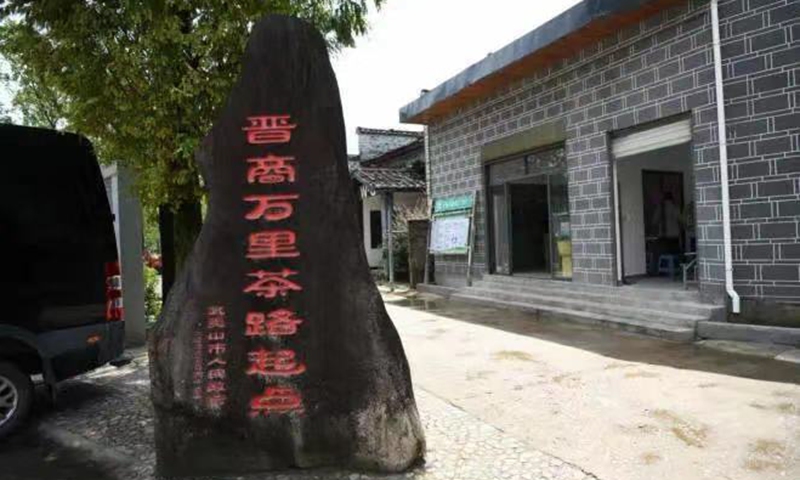FENJIU / CONTINUOUS CIVILIZATION
Aroma of Fenjiu along the 'tea road'

A tea path of over 5,000 kilometers, stretching from the Wuyi Mountain in Fujian Province, China to the south of St. Petersburg, Russia in the north, with a total length of 13,000 kilometers, is an internationally famous trade road that started in the 17th century with a source of prosperity for 200 years. It is an important part of the "Silk Road" connecting China with the outside world. It is through this road that Chinese tea was introduced to Russia and then to European countries.
The road also passes through Shanxi. Its merchants who built the tea road traveled north and south, and brought Fenjiu with them. On this road, the fragrance of tea and wine was intertwined. On March 22, 2019, the State Administration of Cultural Heritage issued a letter, officially agreeing to add "the 5,000-kilomoeter tea road" to the Preliminary List of China's Cultural Heritage.
The Tea Road originated in Qixian county, Shanxi Province in the 17th century. At that time, Shanxi merchants, driving camels from their hometown, embarked on a long journey. These groups of merchants from Shanxi went all the way south to the Wuyi Mountains in Fujian Province, so they were called xike by the locals. In Chinese, "xike means rare visitors. These merchants purchased tea and left fortune to the locals.
Tea was then introduced to Europe and within decades became a popular consumer product, and a necessity in Britain and Russia. Therefore, tea trade rapidly became a very important driving force for the growth of Sino-European trade.
By the 19th century, tea was one of the main commodities traded between China and Europe.
Brick tea, also known as autoclaved tea, is popular in the European market. As its name implies, it is brick- shaped tea-. It is also a representative kind of pressed tea, which is made of tea leaves, and tea stems, sometimes tea blocks.
China's brick tea in Russia and Europe has cultivated a stable and large consumer group, especially among nomadic people in Siberia who make meat and milk as the staple food to the point of " not living a day without tea," so they have to rely on tea to relievegrease.
Over the past 300 years, a generation of Shanxi merchants on the vast Eurasian continent created a business model that connected the world, and also created a broad and profound Shanxi merchant culture. Just as Wang Hongxin, dean of the Institute of Global Common Development at Beijing Normal University, said, "The Shanxi merchants' spirit formed by the 300-year Shanxi Merchants' Tea Road belongs to Shanxi, China and even the world."
"The next step, we will continue to explore overseas markets, following the "Belt and Road Initiative" and "inland reform and opening-up" of Shanxi Province, focusing on the Asia-Pacific market to seize the vast market opportunities from the construction of Greater Bay Area and the RCEP. Firstly, we should find new opportunities for development in ASEAN countries, constantly cultivate local consumer groups, further seek overseas increment, and continually enhance the international brand image of Fenjiu," Yuan Qingmao said.
